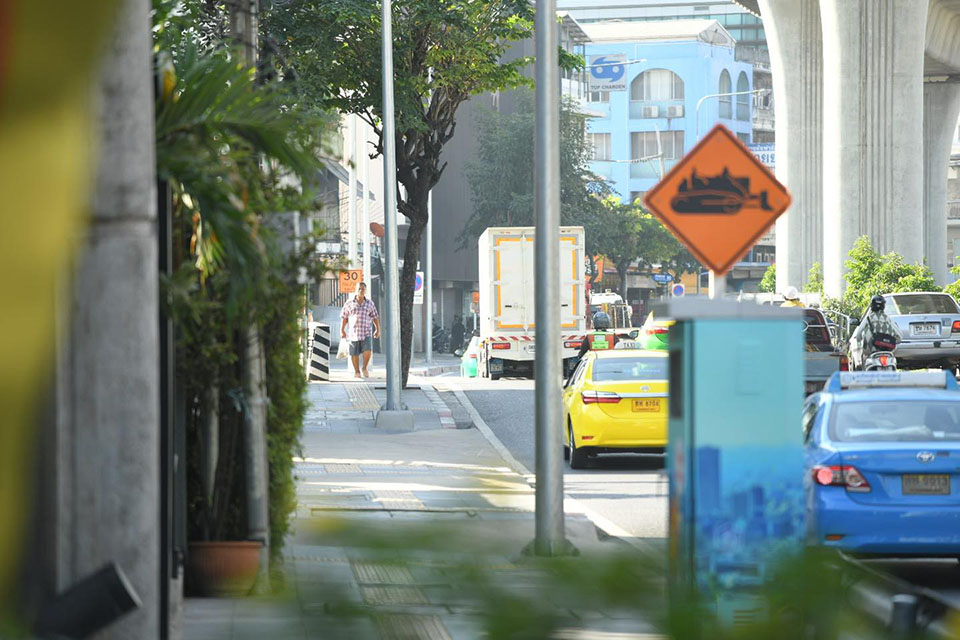
BANGKOK, Thailand – Bangkok, the bustling capital of Thailand, is frequently grappling with air pollution, which has become a growing concern for both residents and visitors. The city’s air quality often reaches levels considered hazardous to health, especially during the cooler months from November to February, when temperature inversions trap pollutants close to the ground.
The primary contributors to air pollution in Bangkok are vehicle emissions, industrial activities, and open burning of agricultural waste, particularly during the annual burning season in neighboring regions. Traffic congestion is a significant factor, with thousands of vehicles on the road, emitting exhaust fumes that contribute to the high levels of particulate matter (PM2.5) and nitrogen dioxide (NO2) in the air.
PM2.5, tiny particles less than 2.5 micrometers in diameter, are of particular concern because they can penetrate deep into the lungs and bloodstream, leading to respiratory and cardiovascular issues. During periods of poor air quality, air pollution in Bangkok often exceeds the World Health Organization’s recommended limits, putting vulnerable groups such as children, the elderly, and individuals with pre-existing health conditions at greater risk.
In addition to vehicle emissions and industrial activities, the agricultural burning season in neighboring countries such as Cambodia, Laos, and Myanmar contributes to the city’s smog problem. Farmers often burn rice fields and other crops, sending plumes of smoke into the air that can significantly reduce visibility and worsen air quality in Bangkok.
The Thai government and local authorities have taken various measures to address the issue, including implementing air quality monitoring systems, promoting the use of electric vehicles, and improving public transportation infrastructure to reduce traffic-related emissions. However, air pollution remains a persistent problem due to rapid urbanization, high population density, and inadequate enforcement of environmental regulations.
During times of high pollution, residents of Bangkok are advised to stay indoors, limit physical activity, and use air purifiers to reduce exposure to harmful pollutants. The government has also issued air quality warnings, encouraging people to wear face masks and take precautions, especially in areas with the highest levels of pollution.
In conclusion, air quality in Bangkok remains a significant environmental and public health challenge. While steps are being taken to improve the situation, continued efforts are needed to reduce emissions, promote cleaner alternatives, and raise public awareness about the dangers of air pollution.










